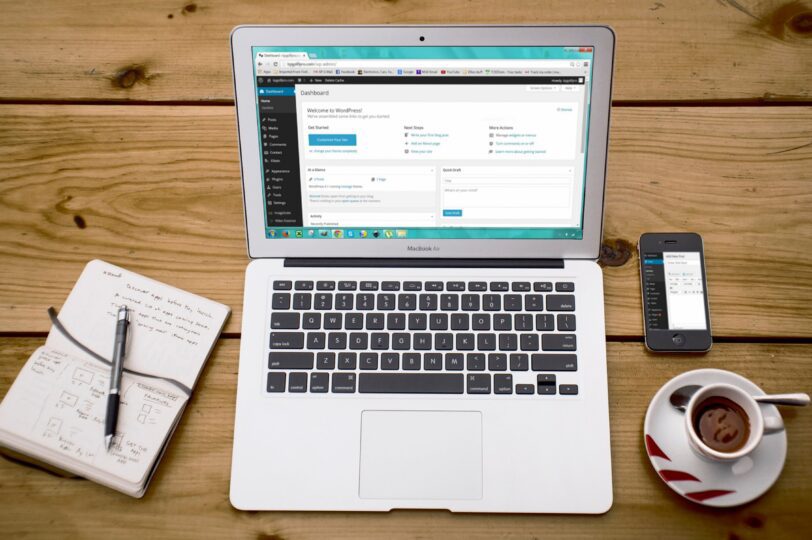
Introduction to Website Accessibility
Making sure your website is accessible to all visitors, regardless of ability or disability should be a top priority for any online business owner. In this guide, we’ll discuss the fundamentals of website accessibility; why it matters and how you can make sure that everyone has access to your content. With these helpful tips, implementing accessibility into your web design will become easy as pie!
What is Website Accessibility?
Accessibility for websites must be achieved to guarantee all users, including those with disabilities, can use the internet. This means creating a website that is compatible for people who are sight-impaired or blind, hard of hearing or deaf, and have other impairments that impede their ability to navigate the web.
Why is Website Accessibility Important?
Website accessibility is critical for several reasons. Firstly, it helps to ensure that websites are usable by everyone, regardless of their abilities. Secondly, it helps to ensure that websites comply with accessibility laws and regulations. Finally, it can help to increase traffic and engagement on your website, as people are more likely to visit and use websites that are accessible to them.
How to Make Your Website Accessible
There are several steps that you can take to make your website accessible. These include:
- Use Accessible Design Elements – For the best user experience, utilize design elements that are simple and understood– including uncluttered labels, bright colors to make items stand out, and legible fonts.
- Provide Alternative Text for Images – Make sure to attach alternate text descriptions for all images on your website. This aids people with impaired vision or blindness in comprehending the content of the page, fostering an inclusive environment and allowing them to fully experience your site.
- Use Captions and Transcripts for Videos – Embracing an accepting atmosphere on your website is essential, and one way to do this is by supplying captions or transcripts for videos – enabling individuals who have hearing impairments to easily access the information in the video. This puts everyone on a level playing field when it comes to engaging with content online.
- Use Descriptive Link Text – Make sure all links on your website are labeled with accurate, descriptive text that conveys the content of the link. This is beneficial for those using screen readers as they can get an understanding of what your website contains.
- Use Accessible Forms – Ensure that your website’s links are accurately labelled with succinct and descriptive text to illustrate the content of each link. Not only does this support users who utilize screen readers, but it also provides further knowledge on what can be found across your website.
- Provide Keyboard Accessibility – It is essential for people with physical impairments who are unable to use a mouse that your website be navigable exclusively through the keyboard.
Conclusion
To ensure that your website is user-friendly and accessible for everyone, the initial step should be to get an audit. We offer a variety of options depending on your budget size!
As website project owners, we need to ensure that accessibility is a priority. By constructively designing accessible websites, you guarantee that anyone visiting your webpage can access and use the content with ease – regardless of their abilities! This guide gives an insightful overview about web accessibility: why it should be included in site design processes and how to make sure yours is welcoming for all users – including those with disabilities. Putting these measures into practice now won’t just confirm compliance but also provide equal opportunities for every person who visits your page!